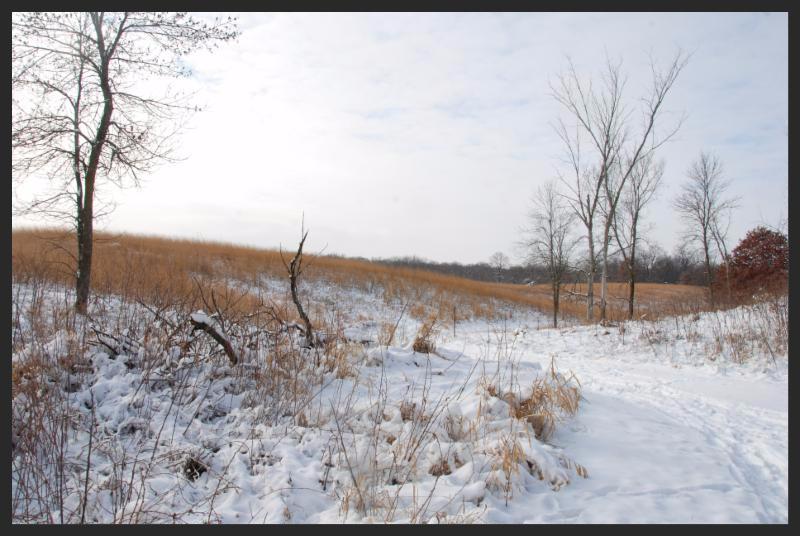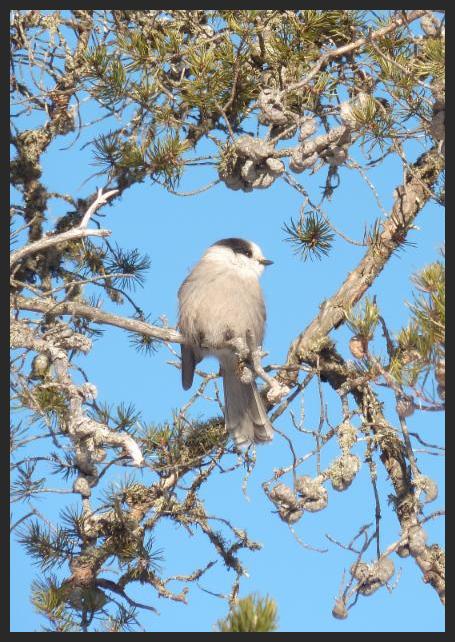Minnesota Winters- Hell or Heaven sent?
Whether you like our winters or not, pretty much every Minnesotan born and raised in our great state can agree that this season is cold, dark, and feels pretty darn long. That is, until now? Recent climate change models are predicting that Minnesota might soon (if not already) be in for some big changes. This last November and December were incredibly mild, and this made us wonder: How do our traditional "cold" winters benefit the landscape? What will this new climate feel like? And how will Minnesota change?
In January, we are more concerned with getting our cars started, staying on the road, chopping wood, and stoking the fire. We seldom stop and consider how all this cold really shapes our environment. Below, we have listed a few benefits of the artic blasts and polar vortices:
1. Some pests and invasive species are unable to handle the extreme weather conditions we usually face in the winter; protecting our native ecosystems from some nasty plants, bugs, or even diseases. And who doesn't love the fact that there are no mosquitoes buzzing around for a good chunk of the year? Even the spread of certain invasive species like Emerald Ash Borer can be slowed, giving land managers time to mitigate against damages or find ways to prevent it from spreading further.

2.We also have better air quality during the winter. Ground-level ozone made from nitrogen oxides and volatile organic compounds mixed with heat and sunlight can cause harmful air pollution. In the winter, with less heat and sunlight, ozone pollution is generally not an issue.

3. Cold weather also has various human health benefits like reduced inflammation, resistance to infections, better sleeping, and increased energy. We are able to burn more calories when it is cold, enabling us to go back for more of Mom's tater-tot casserole.
4.Snow and ice melt replenish our lakes, streams, and aquifers. Ice cover also impacts lake levels. Several local lakes (including the Great Lakes) are shrinking. And some believe that has to do with climate change. Ice cover prevents evaporation from the lakes during the winter and for as long as it lasts into spring. Ice thickness affects how warm the water will be that year, and thus the rate of annual evaporation. The more ice cover, the colder the water stays into the summer and fall, leading to less overall evaporation.

5. Cold temperatures help with native seed germination.
Many native plant species rely on the freeze and thaw cycles during our winters to help break open their hard outer shells. This facilitates germination in the spring. With climate change, we might see a shift in

germination success rates.
Although nobody can really give us an exact start date to global warming, there are changes that point to a new Minnesota climate. Over the last 40 years, we have seen our state's average temperature increase by half a degree. Over that same time period, our winters have been generally warmer, and overnight lows are higher. Ice-out on lakes is happing earlier in the spring and our snow season is ending sooner. We are seeing more precipitation statewide, but these rain events are typically more intense (mega-rains).

There are also reports of distributions of key plant and animal species significantly changing over the last 100 years. For instance, the density of maple trees has moved north and east. The range of moose in the state is smaller, and some believe this has to do with warmer temperatures and associated stressors. Bird experts are also noting changes in migratory patterns, with some northern species cutting their southern migrations short, which may be due to a changing climate.
There is no doubt that we should keep a keen eye on this rapidly evolving issue and do what we can to reduce our individual impacts. One way that we can act locally is to maximize our ecological diversity on our own properties. Establish native plant communities and eliminate water use, fertilizers, pesticides, and the consumption of fossil fuels (that turf lawns require). Setting an example for our peers and our children is a very important step forward in reducing climate change.